History
Potton’s recorded history stretches back over a millennium. The first recorded mention of ‘Potune’ is in a grant of land to Ramsey Abbey by the Saxon Aelfhelm. In the Domesday book in 1086 ‘Potone had 18 villagers, 2 freemen, 13 smallholders and three serfs’.
A market was granted by William II in 1094 which could have been held in the churchyard before moving to its present site in the early 13th century. This was to develop into one of the most important in Bedfordshire by the 18th century. It declined in Victorian times until only a Horse Fair was left in the 1930’s.
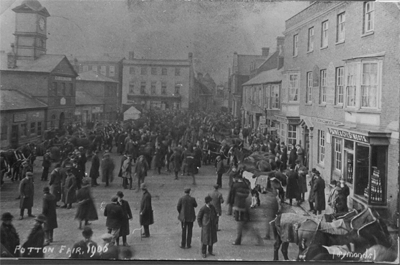
In 1237 Potton was split by inheritance into four manors: Potton Rectoria, Potton Burdetts, Potton Regis and Potton Much Manured. These four manors were finally recombined by the Burgoyne family between 1544 and 1637 by progressive purchase.
The prosperity of Potton as a market town is reflected in its oldest houses on the south side of the Market Square and in Sun Street. These have timber frames which may have originated in late medieval or early Tudor times.
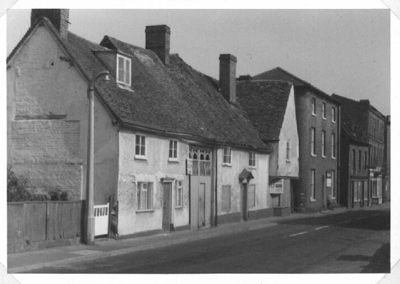
The Great Fire of Potton in 1783, whichstarted in a clover stack of Mr Edwards in a field at the present Spencer Close, destroyed King Street and around half of the Market Square as well as some of the Brook Street area. It was reputed to have burnt for a day and caused over £25000 of damage. Over £6000 was collected to help those who had suffered most. The rebuilding of this part of Potton has provided a rich inheritance of Georgian buildings.
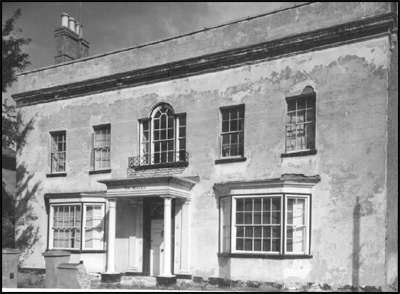
The railway era began in 1857 when the Shannon steam engine started its journey between Sandy and Potton. The original engine shed still exists on private land behind Biggleswade Road. Potton railway station opened on the Bedford to Cambridge railway a few years later on a new site on Sandy Road.
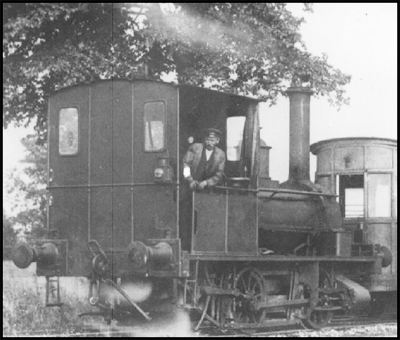
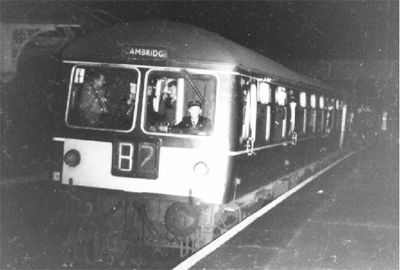
The Board Schools opened in purpose built buildings in 1876, bringing Potton into the new era of National education for all. At this time there were around 2000 Pottonians.
The schools went through a number of organisational changes until they were replaced by the Everton Road Schools and were demolished in 1982.
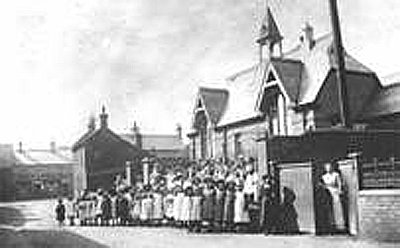
A series of minor fires prompted the building of a fire station in 1887 and the formation of a Volunteer Fire Brigade. This building is now the Community Centre in Brook End.
Over 30 pubs and inns as well as two breweries were listed in 1903 giving 2033 Pottonians plenty of choice for drinking! Mr Richardson had a Mineral Water Factory in Sun Street while the Potton Brewery Company operated from premises behind the present Co-Op in King Street.
A Victorian Manor house was built next to the site of an older house at the bottom of King Street in the 1860’s. This had no connection with the four historic manors of Potton which were land holdings rather than buildings. The ballroom hosted many parties but became a laboratory during the war years. It was demolished in the early 1980s.
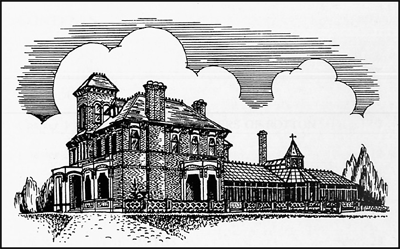
Eva Pokorova and Otto von Smekal came to the Manor House during the last war and hoped to set up a car factory in Potton. Cars from Potton Manor were later removed to the National Motor Museum. The Potton Car has been purchased by the History Society and is being restored to full working order. The other cars were larger or were in parts.
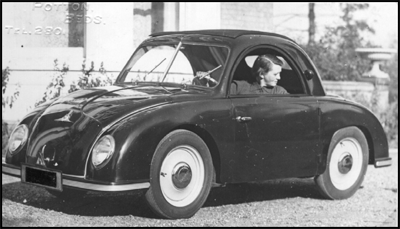
Sir Malcolm Stewart, the last Lord of the Manor, lived at the nearby Sandy Lodge and provided land for unemployed men in the first Land Settlement Association holding in 1935 at Potton. This provided land and a house for a family to work together. Many of the original settlers were unemployed miners from Durham who often found the agricultural life unsuited to their skills and there was a high turnover before the War years provided stability with families more used to the land. The LSA was wound up in the early 80’s due to government cut backs and EEC competition.
The old Shambles was replaced by the present Clock House in 1956 for a town whose population was still just over 2000.
The Tanyard closed in 1970 in a town whose population had risen to 3026 with many more commuting rather than working locally. It had provided local employment in producing leather and parchment.
In the last part of the 20th Century the town has steadily grown to over 4500 and has developed more small businesses to take the place of larger employers. It has a wide range of social groups, some of which like the Shannon Express Barbershop singers have attained national recognition.
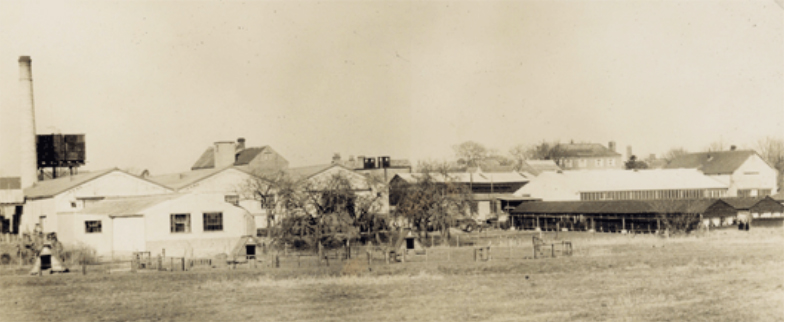
Peter Ibbett. (From Potton, Bedfordshire:- A Brief History. Available from Potton History Society.)
Acknowledgements to research by Mrs Yates and Trevor Ball and the Potton History Society archives.
